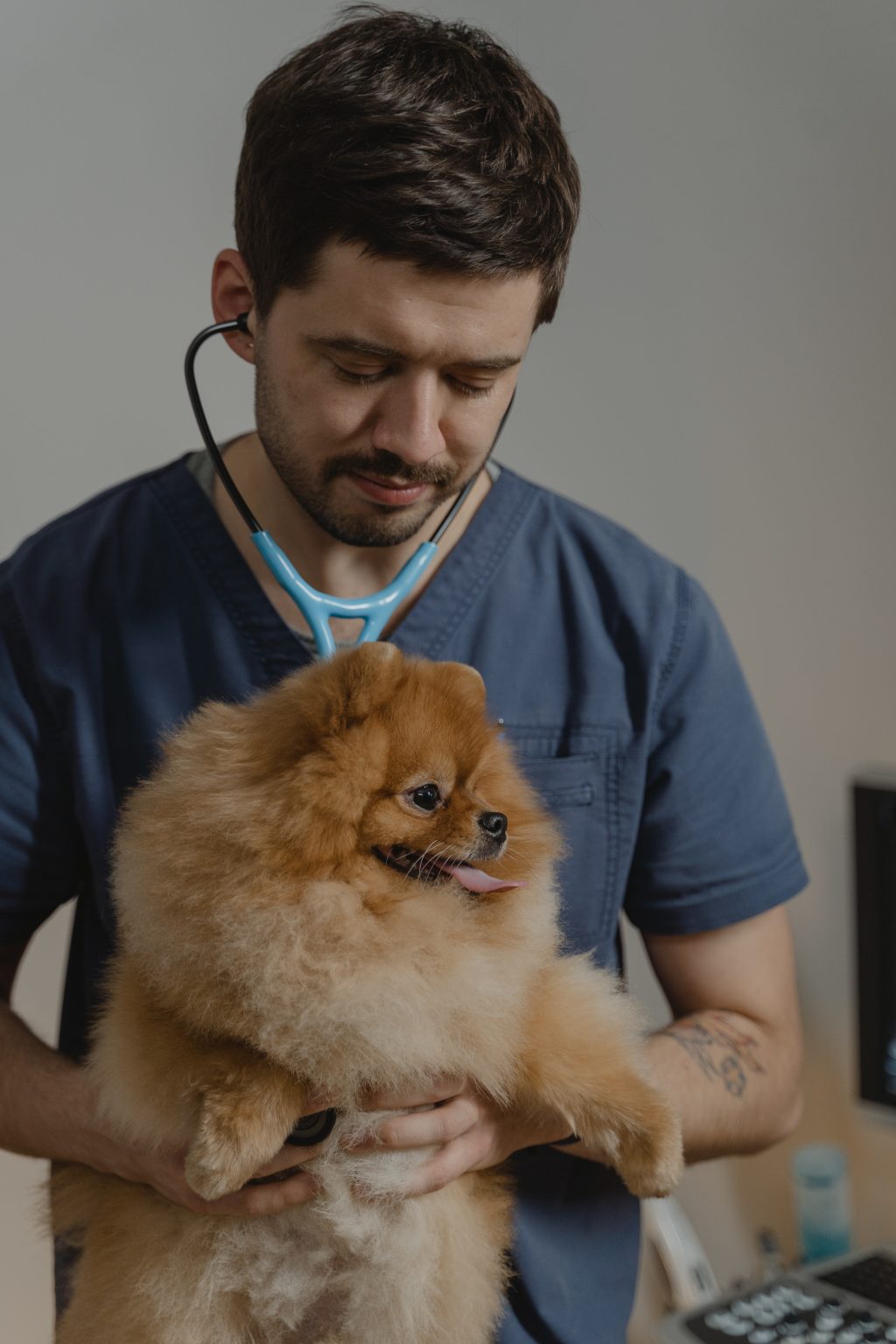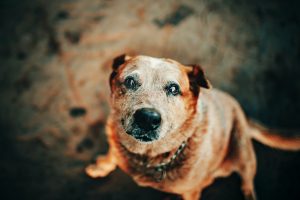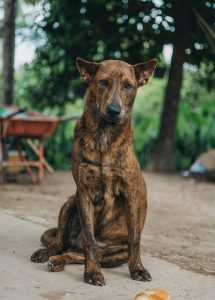
Posts by: Dr. Phil Zeltzman, DVM, DACVS, CVJDog Checkups & Preventive Care
Kelly Serfas, a Certified Veterinary Technician in Bethlehem, PA, contributed to this article.
Dogs are very good at hiding pain. Remember, in the wild, the weak or painful may become the prey of another animal. We believe this is the reason why pets try to mask their pain. The best way to make sure your dog isn’t hiding pain is with regular checkups. Here are a few more tips to keep your dog pain free.
Recognize subtle pain in your dog
Your dog won’t always cry when he’s in pain. Some dogs in pain, for example, pain caused by a torn ligament, won’t move around as much— and that’s all. If you don’t recognize this subtle change, and don’t decrease the calories your dog is eating, he will invariably gain weight. Sadly, this makes it even tougher to move around, and more weight will be gained. A vicious cycle starts, and the injury will be more painful and last longer.
Always see your vet if your dog’s behavior has changed. In the situation above, the solution would be simple: your veterinarian would let you know how much you should feed your dog to prevent weight gain. Occasionally, a weight loss diet can be prescribed.
Puppy proof, even for adult dogs
When surgery is needed to remove a foreign body from a dog’s stomach or intestine, clients often comment: “I don’t understand, my pet has never eaten a foreign body before.”
Sure, pets never eat something they shouldn’t, until they do. Some puppies chew on objects and swallow them because they don’t know any better. Older dogs may also swallow a foreign body “out of the blue,” which can be very surprising. It could even be a sign of a disease, such as inflammatory bowel disease (IBD).
Regardless of age, pet proof your entire house. This is very similar to baby proofing a house. It won’t prevent problems 100% of the time, but it will lower the risks.
Confine your dog when he needs to rest
You can tell a human to stay in bed for a month or two, but the only way to ensure this with a pet is to physically confine him to a small area.
When pet parents hear the word “confinement,” they often have more anxiety than their dog does! Confinement is most often recommended after surgeries, to prevent rough playing, running and jumping. Depending on the type of surgery, this allows the skin incision to heal properly. It also allows for proper healing of internal organs.
This is important for abdominal incisions and absolutely critical for any kind of bone fracture, ligament tear, or spinal surgery.
Small pets can be confined to a large crate, a baby play pen or an area blocked off with baby gates.
Larger dogs can be kept in an X-pen or a small room with no furniture. You may need to move or rearrange furniture for a few weeks.
Some pet parents occasionally decline surgery because they think confinement is cruel. In reality, declining the surgery leads to more pain for your pet. Confinement is not cruel, it’s a necessity. I often hear later, “confinement was much easier than I thought.”
Don’t stop dog pain medications early
Dogs often want to please their guardian. If that means following you around or greeting you at the door, they will do those things— despite pain.
After surgery, pet parents occasionally tell me “My pet is not in pain so I stopped giving pain meds.” What’s important to understand is that your pet is not in pain precisely because he is on pain medications. If you stop giving pain meds prematurely, your dog may become sore. You may not even realize it for the reason explained above. As long as there are no side-effects (in which case, talk with your veterinarian), always give medications as directed and until gone.
If you have any questions or concerns, you should always visit or call your veterinarian — they are your best resource to ensure the health and well-being of your pets.







